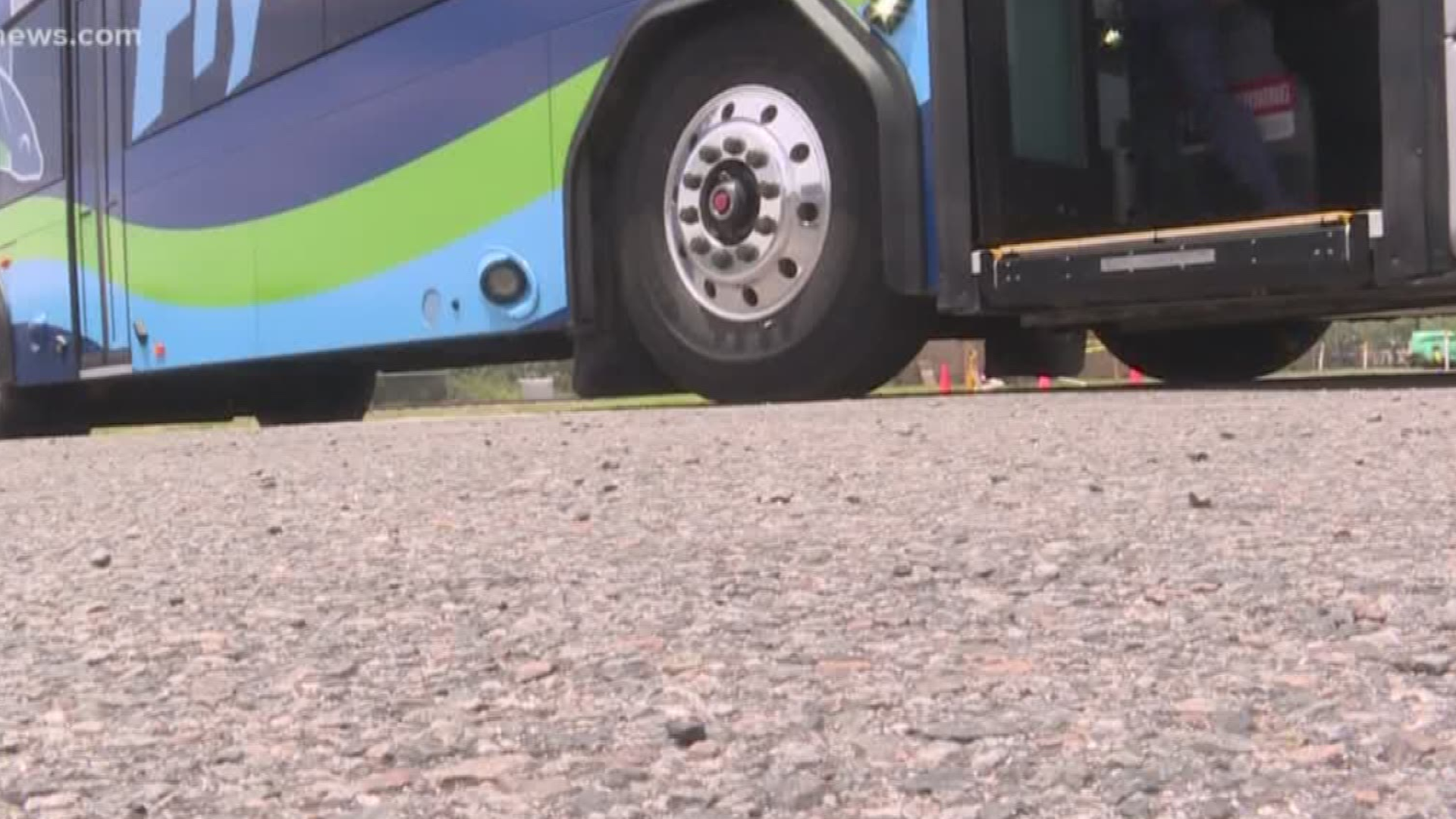
The JTA treats the entire U2C system as one project, and therefore ridership estimates previously provided are for the entire system.Ģ. In reference to 3 - 6 minute headways, that is certainly possible as the JTA owns 10 APM cars, but due to obsolescence, and needed maintenance, that is not the case today. So what is the max pphd that the current 2.5 mile system was designed for and what would be the max pphd of the U2C (as proposed) for the same 2.5 mile path? Really what I’m after here is an apples to apples comparison.Īlthough the trains were designed to include a middle car, the JTA did not procure those and after many years, the original equipment manufacturer no longer manufactures any of the APM vehicles we use today. run more trains at lower headways…I even remember when headways were 3 to 6 minutes and know that the trainsets were designed for a middle car, if needed at the time). I’m pretty sure the Skyway was designed to accommodate a max capacity far above 2,016 passengers per hour for both directions (i.e. Ultimately, the proposed solution would have less capacity to serve large events and crowds than the existing Skyway system, if improved to a working condition:

Jaxson Editor’s Note: Knowing that this was not an apples to apples comparison, a follow up question was raised. The U2C will have increased passenger capacity because it goes further into established neighborhoods with better origins and destinations than the current Skyway has.

You can extrapolate those estimates based on what has been estimated for BSIC, however more work will be completed as the project moves into additional phases.
JTA BUS 15 FULL
The study also estimates the full U2C will require 42– 56 vehicles, although that number would likely increase. If operating 15 hours per day, the estimated max daily capacity could be 21,600 to 40,500 passengers per day. Thus, we estimate that the BSIC phase has the estimated max capacity of 1,440 to 2,700 passengers per hour for both directions. The Bay Street Innovation Corridor proposes to operate at five-minute headways and a fleet of 12 to 15 vehicles, 10 to 15 passengers per vehicle. If the Skyway is running 15 hours per day that is daily capacity of 30,240 passengers per day.

For a fleet of six trains running at ten-minute headways, we account for 2,016 passengers per hour for both directions. (JTA) The JTA Transit Concept and Alternatives Review (TCAR) Phase 1 study stated that the current Skyway maximum capacity was 56 passengers per train. (The Jaxson) What is the maximum capacity of the proposed U2C at buildout, compared with the existing Skyway system’s max capacity today? Why or why not, should it be lower or higher than what the Skyway can move today?

Founded by the international investment organization Tavistock Group and developed by Tavistock Development Company, Lake Nona is a nationally-recognized forward-thinking, smart city within the City of Orlando, located a few miles southwest of Orlando International Airport. Recently, Ennis Davis of The Jaxson met with the Jacksonville Transportation Authority to learn more about the agency's plans for the project and why it desires 40% of the gas tax increase proposed by Mayor Curry to fund the project.Ī ride inside the autonomous shuttle service that operates in mixed traffic in Lake Nona. Billed as a project that will take Jacksonville and downtown to the next level, the conversion of the Skyway into a one-of-a-kind autonomous transit system called the Ultimate Urban Circulator has become the talk of the town.


 0 kommentar(er)
0 kommentar(er)
